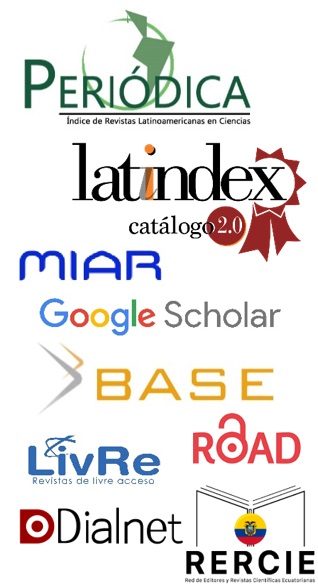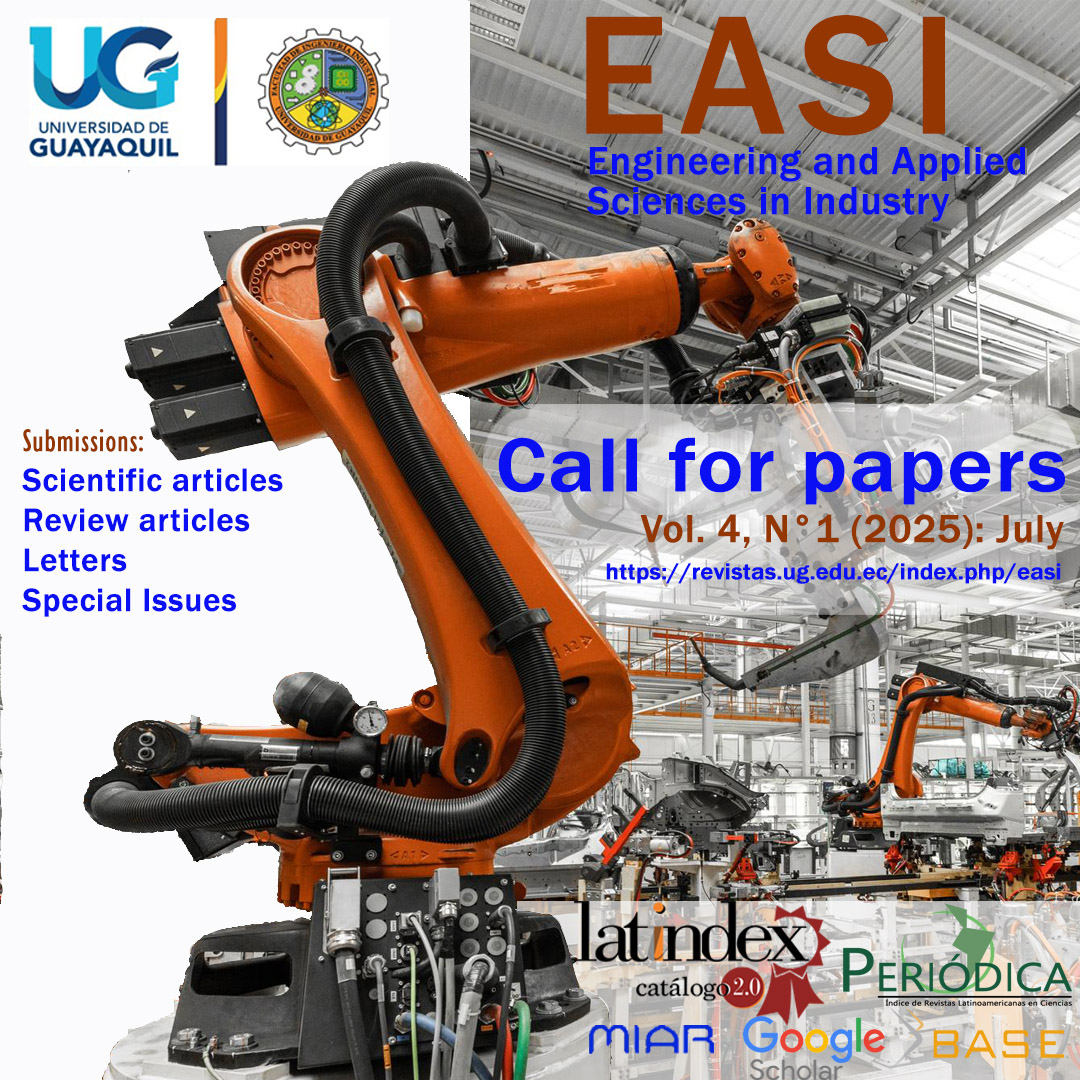Stereotypes and education level: An influence on the selection of engineering studies and techno-scientific education
DOI:
https://doi.org/10.53591/easi.v2i1.2046Keywords:
Stereotypes, Engineering, Education, Techno, ScientificAbstract
This work addresses the possible causes why students do not opt for an engineering career or techno-scientific education, facts evidenced through obtaining a sample of the engineering faculties at the Universidad Técnica del Norte, the possible causes of this statistic were revealed. The surveys were successfully carried out with the collaboration of the authorities and the students. The analysis of results reveals that gender stereotypes are still present in society, affecting students when selecting a career. The history of engineering goes back to the great ancient civilizations, but the participation of women in engineering is partially recent. It is necessary to recall that engineering branches and techno-scientific education were reserved for men for a long time, since education in general was far from the reach of women.
References
Solé, C. (1988). López Jiménez, María Ángeles (1986). Mujeres en Zaragoza. Papers. Revista de Sociologia, 30, 181-183.
Hodson, D. (1987). Social control as a factor in science curriculum change. International Journal of Science Education, 9(5), 529-540. https://doi.org/10.1080/0950069870090503.
Álvarez-Lires, F. J., Arias-Correa, A., Serrallé Marzoa, J., & Varela Losada, M. (2014). Elección de estudios de ingeniería: Influencia de la educación científica y de los estereotipos de género en la autoestima de las alumnas. Revista de Investigación en Educación, 12(1), 54-72.
Cheryan, S., Master, A., & Meltzoff, A. N. (2015). Cultural stereotypes as gatekeepers: Increasing girls’ interest in computer science and engineering by diversifying stereotypes. Frontiers in psychology, 49, Accedido: 19 de enero de 2023. [En línea]. Disponible en: https://www.frontiersin.org/articles/10.3389/fpsyg.2015.00049
Perez-Felkner, L., McDonald, S. K., Schneider, B., & Grogan, E. (2012). Female and male adolescents' subjective orientations to mathematics and the influence of those orientations on postsecondary majors. Developmental Psychology, 48(6). https://doi.org/10.1037/a0027020
Benbow, C. P., & Stanley, J. C. (1982). Consequences in high school and college of sex differences in mathematical reasoning ability: A longitudinal perspective. American Educational Research Journal, 19(4), 598-622. https://doi.org/10.3102/00028312019004598.
Flores, S. B. (2016). ¿Por qué las mujeres no quieren ser ingenieras? Caso: alumnas de Ingeniería de Tecnología Industrial en la UPCT. [Tesis de Grado, Universidad Politécnica de Cartagena-Colombia]. http://hdl.handle.net/10317/5786
Puruncajas, V. (2015). Enseñanza y aprendizaje: lograr la calidad para todos. Informe de Seguimiento de la EPT en el Mundo 2013/2014. UNESCO. Mundos Plurales, 2(1). https://doi.org/10.17141/mundosplurales.1.2015.1915
Román Onsalo, M. L., Infante Perea, M. M., Traverso Cortés, J., & Gil Galván, M. R. (2009). Segregación ocupacional y empleabilidad femenina en el sector andaluz de la construcción. In Investigación y género, avance en las distintas áreas de conocimiento. I Congreso Universitario Andaluz Investigación y Género, [libro de actas]. Disponible en: https://idus.us.es/handle/11441/67591
Infante, M., Román, M., & Traverso, J. (2012). El sector español de la construcción bajo la perspectiva de género: Análisis de las condiciones laborales. Revista de la Construcción, 11(1), 32-43. https://doi.org/10.4067/S0718-915X2012000100004.
Published
How to Cite
Issue
Section
License
Copyright (c) 2023 Camila Mejía, Milton Pabón, Jayro Pupiales, Katheryne Chiluisa, Fernando Ramírez Paredes

This work is licensed under a Creative Commons Attribution-NonCommercial-NoDerivatives 4.0 International License.
Contributions published in the EASI journal follow the open access license CC BY-NC-ND 4.0 (Creative Commons Attribution-NonCommercial-NoDerivs 4.0). This license empowers you as an author and ensures wide dissemination of your research while still protecting your rights.
For authors:
- Authors retain copyrights without restrictions according to CC BY-NC-ND 4.0 license.
- The journal obtains a license to publish the first original manuscript.
For readers/users:
Free access and distribution: Anyone can access, download, copy, print, and share the published article freely according to the license CC BY-NC-ND 4.0 terms.
Attribution required: If any third party use the published material, they must give credit to the creator by providing the name, article title, and journal name, ensuring the intellectual property of the author(s), and helping to build the scholarly reputation.
Non-commercial use: only noncommercial use of the published work is permitted. Noncommercial means not primarily intended for or directed towards commercial advantage or monetary compensation by any third party.
No modifications allowed: The content of the published article cannot be changed, remixed, or rebuilt upon the author’s work. This ensures the integrity and accuracy of the research findings.



